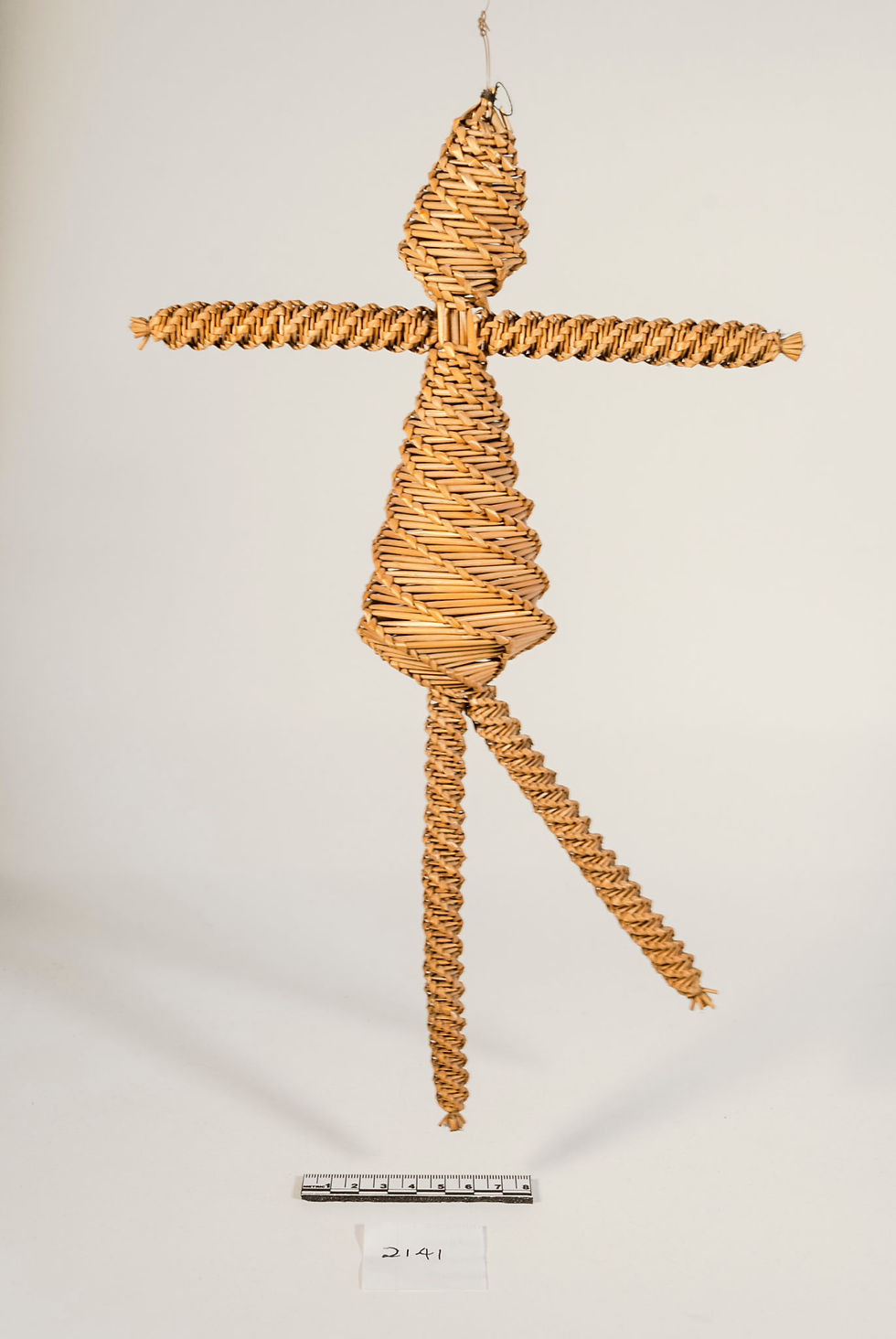The Corn Doll
- andrewgavintweedda
- Aug 14, 2022
- 1 min read
Updated: Aug 16, 2022
Chapter 31 of the book is an interlude chapter introducing the reader to Arthur Poley and his son George. I had a discussion with my developmental editor as to whether this chapter should remain. He thought it added little to the main story. Obviously, he was right but I still decided to keep it. Why?

The conflict between traditional and modern is a recurring theme in the novel, particularly with the design of Castle Drogo. The Great War also marked a significant change in the way that wars were carried out, as there were weapons that could kill people in their scores. The corn doll is one of the most potent symbols of a bygone era. I therefore thought that it added to one of the underlying themes of the book.
George Poley throws the corn doll on to the open hearth. He has been told that the corn gods require a sacrifice that must be kept safe but George discards it. It is a cornfield that George Poley and Christian Drewe have to cross when they are on the Somme. The corn gods, who we are told are wanton and cruel, exact their revenge on Christian Drewe who is severely burnt. The throwing of the corn doll on the the hearth foreshadows this.
I wanted to have a young character at the Somme who worked on the land. My grandfather Bill Wright, who was from a farming family on the Fens in Lincolnshire, fought on the Somme as a young boy. My mother told me that he never spoke of the war to anyone after he came home.



Comments